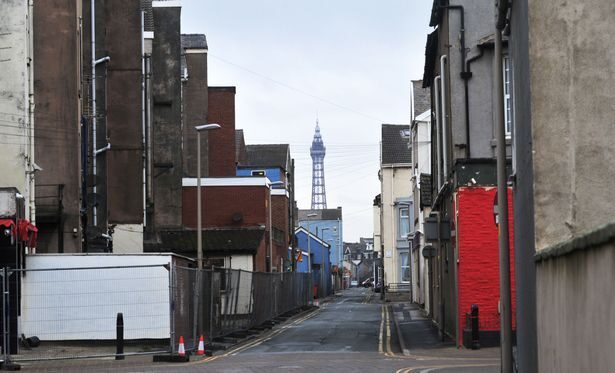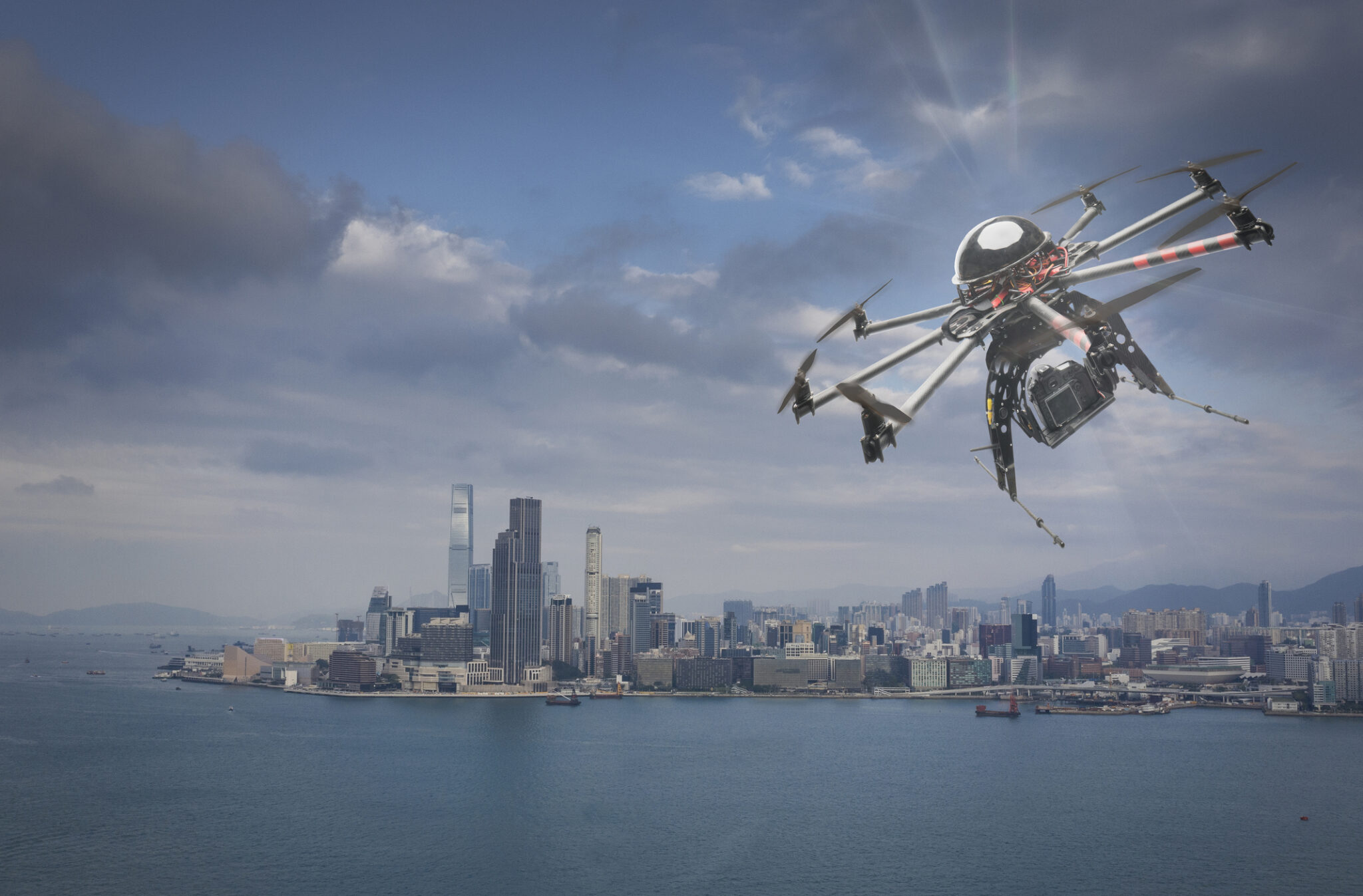
After 15 years of work and $11.6 billion spent, the much-vaunted East Side Access project linking the Long Island Railroad to east Midtown is finally fully operational, bringing a new era of convenience and speed to commuters in the greater metropolitan area.
Just kidding!
The new terminal and services are still in soft-launch mode, with limited services between Queens and Grand Central Madison — the shiny new 700,000-square-foot facility that serves as terminus and connector — for at least three weeks.
But even when full service ramps up, it’s unlikely to be a major net plus, thanks to major logistical problems. (One small sample: Last week’s semi-grand opening was held up by a busted fan.)
Once the “soft launch” period ends, other services are to get shortchanged due to increased needs for track capacity for ESA — specifically lines running direct from Long Island to the Brooklyn-Atlantic Terminal. That means longer commute times and missed connections for a whole passel of commuters, including those heading to work in the financial industry.
Not to mention the lo-o-o-ng escalator ride to and from the tracks, at least four minutes each way.
Plus, a shortage of the right type of train cars may mean cutting some trains running to Grand Central Madison from 12 cars to 10 for months, likely meaning crowding and longer wait times. And Penn Station operates 24/7 while Grand Central Madison closes from 2 a.m. to 5:30 a.m. Good thing nobody needs to get anywhere late at night or in the early morning!
All this, for “just” $12 billion (including $1 billion in debt costs). Meanwhile, LIRR ridership is down massively, to at most 70% of pre-pandemic totals. So at least 30% of the official count of 160,000 beneficiaries of the new service . . . isn’t there.
You can’t blame today’s MTA managers. The guys who started this white elephant are all long gone, as are the ones who didn’t pull the plug when it was only, say, $6 billion down the hole. But the fact remains that the agency blew far too many resources on a huge project of modest (and mixed) benefit.
East Side Access isn’t why the MTA’s now in fiscal free-fall, but it’s part of the problem. The MTA, and the entire state, need to set up controls to ensure no taxpayer-supported entity does anything this dumb ever again.















